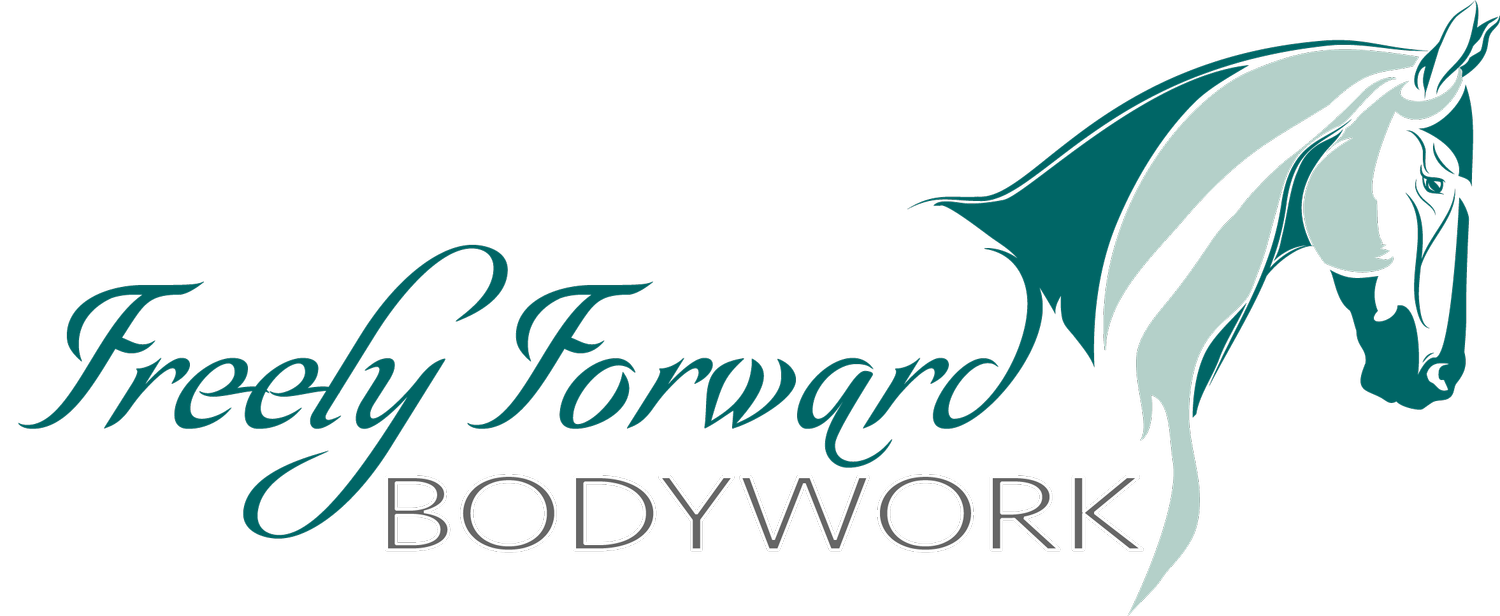Bodywork vs. Massage vs. Chiro
Bodywork vs. Massage vs. Chiro
I often get the question, “so you’re a bodyworker? What’s the difference between that and Chiropractic? Or massage?” Let me break it down for you!
Massage therapy focuses on soft tissue structures such as muscles, fascia, tendons, ligaments, and skin. The techniques used can include kneading, stroking, tapping, sustained pressure, stretching, and more. There are many different kinds of massage, such as sports massage, lymphatic drainage, scar tissue release, and myofascial release. The goal of massage therapy is generally to promote phsycial and mental relaxation as well as address muscular tension and pain.
Chiropractic treatment focuses on the skeleton and it’s alignment, especially the axial portion of the skeleton which consists of the vertebrae of the spine, neck, and head. Chiropractic adjustments may be manual (with hands) or using an activator (a little device that delivers kinetic energy via a little punch). The goal of chiropractors is to correct vertebral alignment, which can help the body move and function better.
Bodywork consists of any kind of therapeutic technique that involves the body, including but not limited to: massage, chiropractic, manual therapy, breathwork, energy work, and postural integration. Many therapists combine different modalities so it’s easiest to refer to what they do as bodywork. For example, I standardly combine myofascial release, PEMF, and neuromuscular techniques in my practice and occasionally call on other modalities- it would be a mouthful to put all of that in a business name! So Freely Forward Bodywork it is.
Which is best for my horse?
Different modalities have different benefits and risks associated with them. There isn’t time for me to discuss every modality, so I’ll just touch on how I compare massage and chiropractic, as that’s what I’m most often asked about.
If you think of the body as a tent, the skeleton is the tent pole holding the tension wires. The tension wires and fabric of the tent is your body’s soft tissue- it holds the poll in place. If you suddenly shoved the poll into a different place, it would most likely rip the tension wires and fabric of the tent. The same goes for the body- if the musculature is tight and tense, and a chiropractor aggressively adjusts the skeleton that the soft tissue attaches to, it will injure and irritate the soft tissue. Additionally, the soft tissue (which is what moves the skeleton) will most likely tighten right back up the same way, making the adjustment pointless. That, paired with the potential injury to the delicate soft tissue structures, can mean that an aggressive adjustment on a tight horse can cause more harm than good. However, with the right preparation chiro can be helpful to help the horse find balance, mobility and comfort. But how?
I find it’s most beneficial to precede an adjustment with a massage or other modality that will relax the muscles. Ideally, right before the adjustment, a horse will get massaged. However, if this isn’t possible, within a week is helpful. Other ways of warming up your horse before getting adjusted include PEMF therapy, a long walk/ ride, standing under a heat lamp/ in a warm blanket. This way, the soft tissue structures will be loose and not only will the adjustment be easier on the horse, it will be less likely to cause pain, and last longer with better results. In a best case scenario, it’s also beneficial to use a soothing technique (such as the ones I mentioned above) to address any pain/ soreness that results from the adjustment and maximize positive results.
Note: Not all chiropractors adjust aggressively. There are many who combine soft tissue techniques in a session and are gentle, therefore are less likely to be damaging. Use your best judgment when it comes to selecting one for your horse. I always prefer the practitioners who spend more time on the horse in both evaluation and treatment, rather than the ones that crack and leave in about 10 minutes.
Chiropractic, massage, and bodywork are all wonderful ways to help your horse feel their best. Which do you use, and when? Let me know in the comments!

